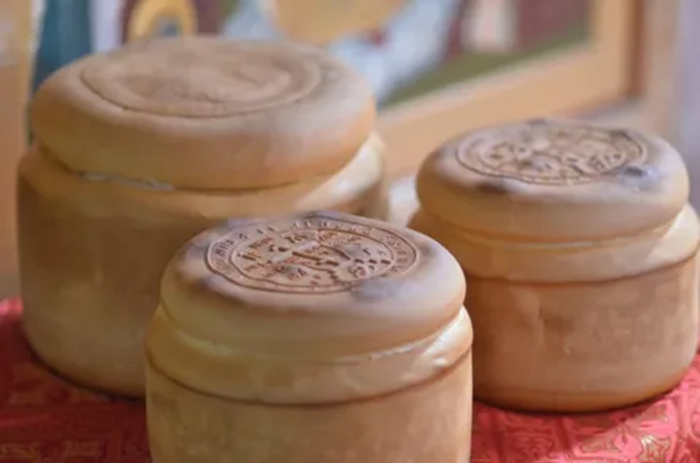Today it is difficult to imagine an Easter table without a beautiful kulich. But once upon a time it was a simple bread for church services – without raisins, icing or pastries. We will tell you how kulich became a festive treat and how to choose ingredients for home baking.
The prototype of the modern kulich was artos – a sacred cylindrical bread with a seal in the form of a cross. It was prepared in church and monastery bakeries, kept at the altar throughout the Bright Week, and then cut into pieces and distributed to parishioners. The dough was kneaded from simple ingredients, without unnecessary additives – only flour, water, salt and a little yeast.
Not everyone had the opportunity to come to church for artos, especially in remote villages. Therefore, over time, Easter bread began to be baked at home – so as not to lose touch with tradition and celebrate the holiday as expected. According to historians, such holiday baking appeared in everyday life only in the 17th-18th centuries. Unlike the Lenten artos, homemade kulich was made rich: melted butter, cream and eggs were added to the dough. There were no baking pans then, so kulich was baked in an oven on a metal baking sheet or in a pot – it resembled a large village loaf.

